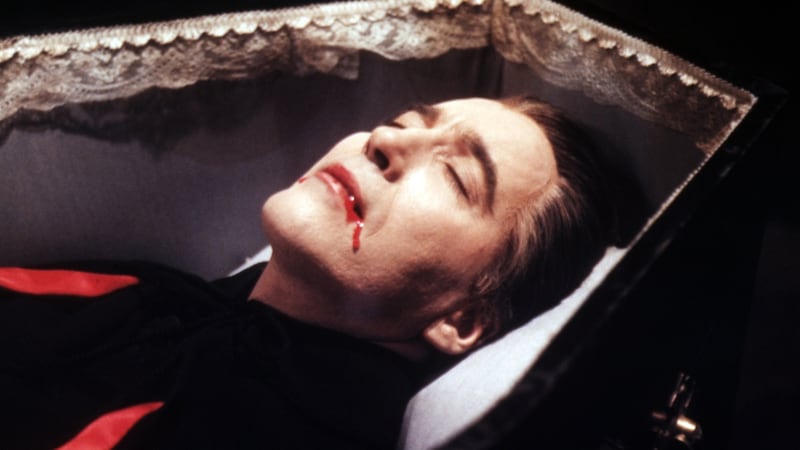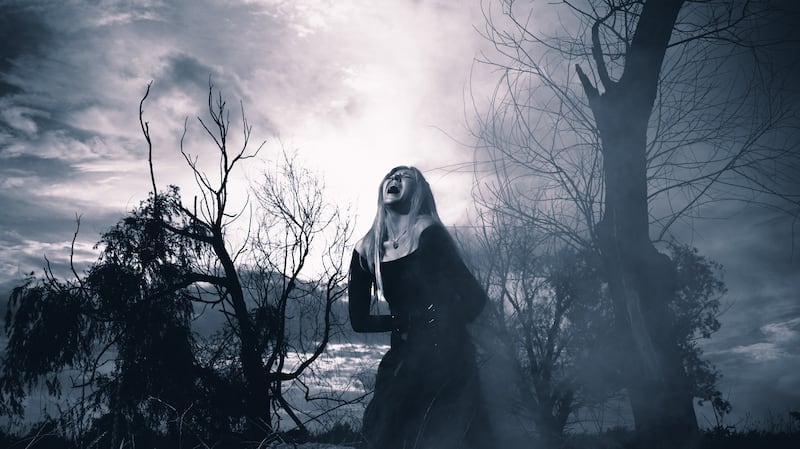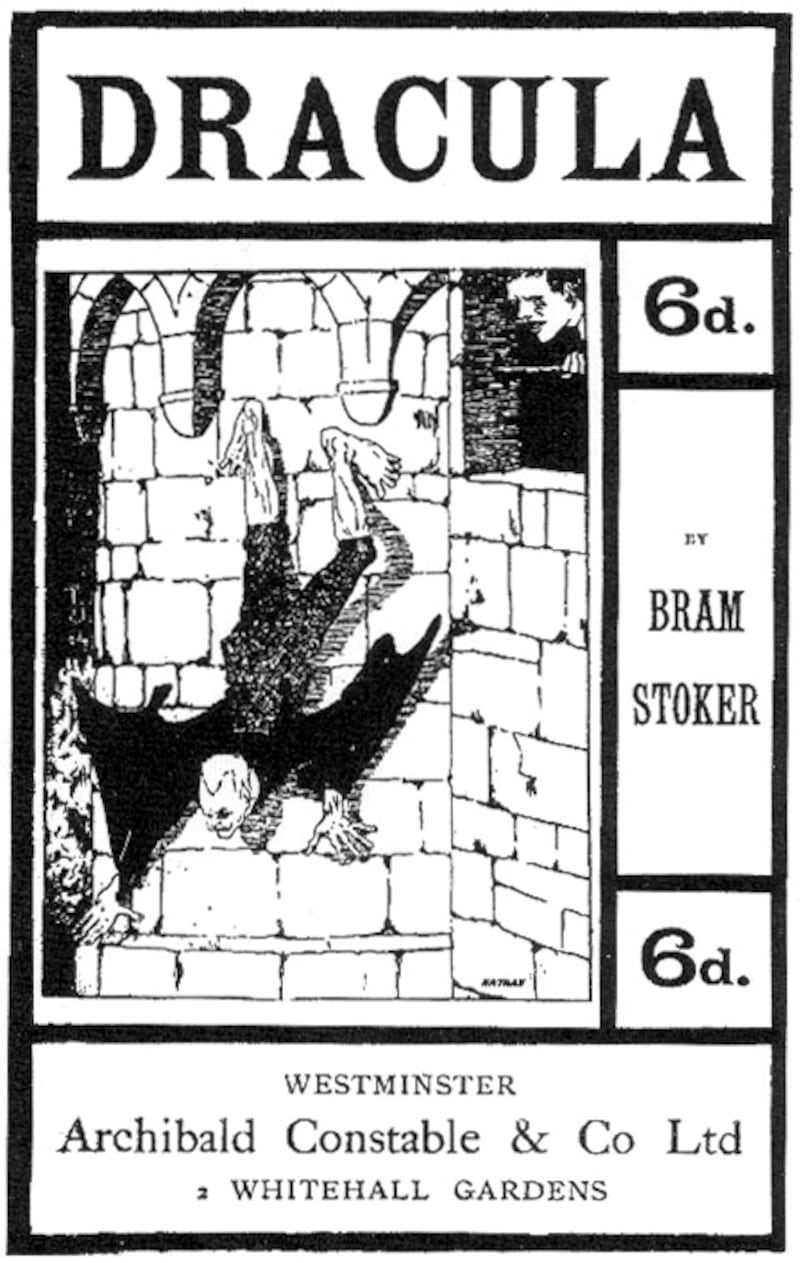Halloween is fast approaching and it’s time to delve back in the origins of Irish traditions and explore how Samhain became Halloween.
Irish ghost stories and funerary traditions travelled with the Irish diaspora and often became entangled with local customs to form entirely new traditions through the decades.
This week we're going to look at an Irish ghoul who has made an appearance in ghost stories around the world - the Dullahan, or also known as the headless horseman. The legend of a decapitated horseman carrying his own head is one that crops up in numerous European storytelling traditions. From the middle English of Gawain and the Green Knight to the stories of the Brothers Grimm, headless horsemen abound, haunting the highways and byways of remote locations and even occasionally marauding our city streets.
The Dullahan ("dark man") was a malevolent harbinger of death whose roots lie in Celtic mythology. He is said to be the embodiment of Crom Dubh, a fertility god who demanded blood sacrifice in the form of decapitation, his worship ended with the coming of Christianity to Ireland. Frustrated by the loss of his sacrifice, he still roams the roads, calling the names of those doomed to die, and carrying his head under his arm. The flesh of the face is decayed, with the specific (and slightly odd) reference to the consistency of the flesh being akin to mouldy cheese recurring in many tellings of the tale.
The Dullahan is recorded in Fairy and Folk Tales of the Irish Peasantry edited by WB Yeats: "An omen that sometimes accompanies the banshee is the coach-a-bower (cóiste bodhar) - an immense black coach, mounted by a coffin, and drawn by headless horses driven by a Dullahan. It will go rumbling to your door, and if you open it, according to Croker, a basin of blood will be thrown in your face. These headless phantoms are found elsewhere than in Ireland. In Norway the heads of corpses were cut off to make their ghosts feeble. Thus came into existence the Dullahans ..."

The gruesome process of beheading corpses to ensure their spirits don't roam recalls the origins of another famous Irish horror creation, Bram Stoker's Dracula. Stoker lived in Clontarf and it is thought that details in his novel may have been inspired by, among other things, the practice of burying corpses with a stake through the heart at the suicide burial plot at the crossroads of Ballybough and Clonliffe Road - another measure to prevent the deads' unquiet spirits from wandering the earth. It's not difficult to see parallels between these dark myths.
The most famous and lasting iteration of the Dullahan figure must be the headless horseman featured in Washington Irving's The Legend of Sleepy Hollow, which is set in rural New York. The horseman takes the form of a Hessian soldier slain during the American Revolutionary War. Irving was an American citizen, whose parents hailed originally from Cornwall, and the story was written while travelling in England. It's intriguing to see how the Celtic roots of this tale are filtered through the history of the America of the day. Sleepy Hollow is as much a satire of materialistic Dutch settler communities as it is a ghost story.
As mentioned above, the cóiste bodhar (deaf or silent coach) often attends the Dullahan as he stalks the night. It’s referenced in Thomas Johnston Westropp’s A Folklore Survey of County Clare, where a number of stories relating to it are recorded:
"On the night of December 11th, 1876, a servant of the MacNamaras was going his rounds at Ennistymon […]In the dark he heard the rumbling of wheels on the back avenue, and, knowing from the hour and place that no 'mortal vehicle' could be coming, concluded that it was the death coach and ran on, opening the gates before it. He had just time to open the third gate and throw himself on his face beside it, at the bank, before he 'heard a coach go clanking past. It did not stop at the house, but passed on […]the following day Admiral Sir Burton MacNamara died in London."
Like the Dullahan, the cóiste bodhar has made some surprising appearances in more recent pop culture, the first of which, Darby O’Gill and the Little People, has terrified generations with its depiction of that other staple of Irish ghostly legend, the banshee. In Darby O’Gill, the spectral figure of the cóiste bodhar comes floating through the air to carry away Darby’s daughter Katie to the land of the dead.

The death coach or carriage has become a standard of many horror tales - making an appearance at the end of Stephen King's Needful Things, where Leland Gaunt departs the town of Castle Rock in a car that transforms into a death coach. Most recently, a reimaging of the trope appears in the final vignette in the Cohen Brother's western The Ballad of Buster Scruggs, where a group of immoral people spend what may be their final journey bickering with each other as the death coach brings them closer to their destination.
The roots of Irish mythology have become interwoven with other cultures, creating new traditions and evolved mythologies that forge a strong link between the past and the present.

This Halloween, with the inaugural Samhain Festival at EPIC The Irish Emigration Museum will take place on October 28th.
This Extraordinary Emigrants article was written by Jessica Traynor, Deputy Museum Director at EPIC The Irish Emigration Museum, an interactive museum that tells the story of how the Irish shaped and influenced the world.











